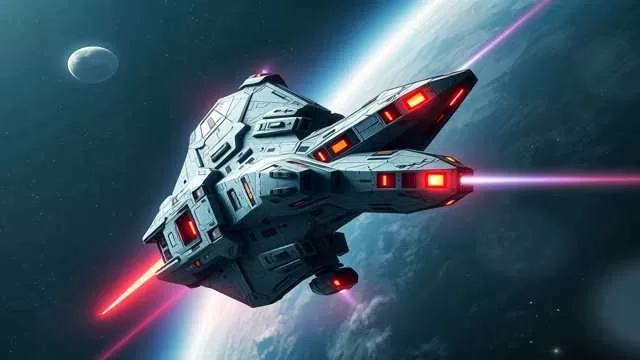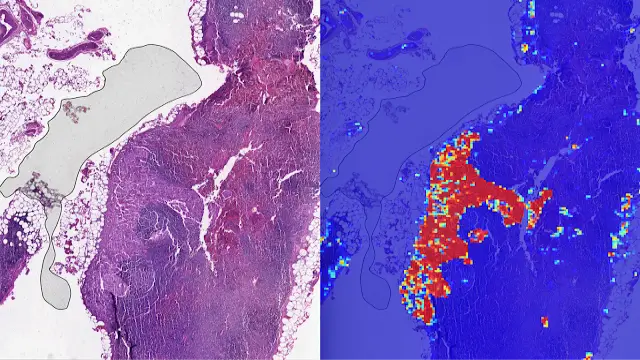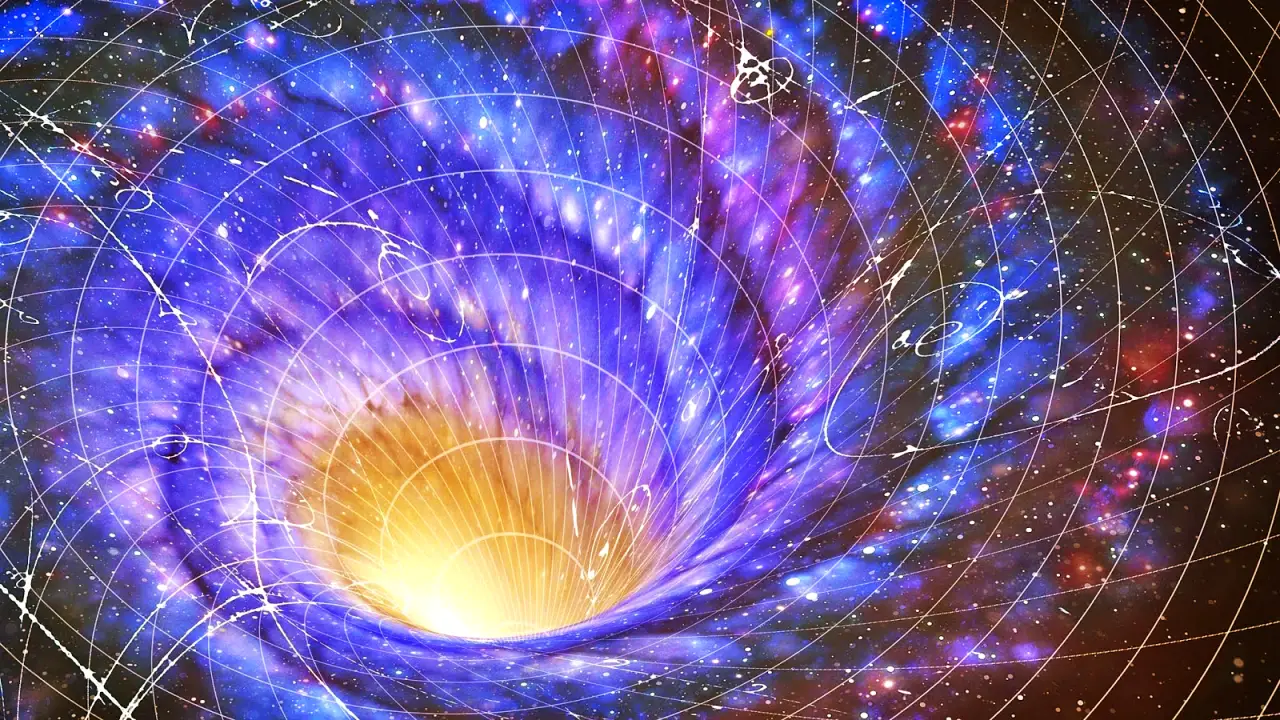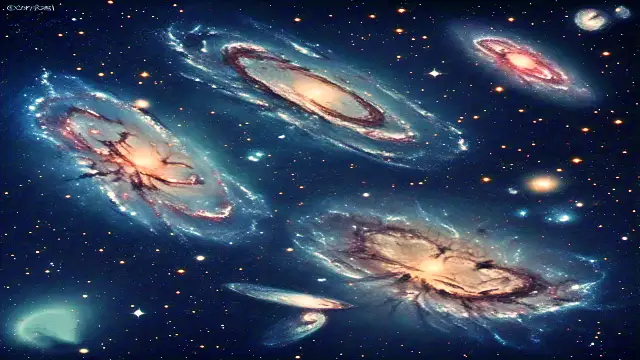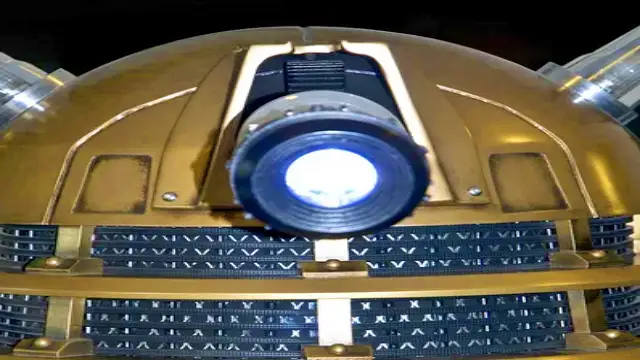Jules Verne, often hailed as the grandfather of science fiction, envisioned a world where the impossible became possible. His imaginative tales, such as “Around the World in Eighty Days,” have transcended mere fiction, becoming a reality in our modern age.
Key Points
Today, astronauts can orbit the Earth in just 86 minutes, a feat that would have seemed fantastical in Verne’s time. As we stand on the brink of a new era in space exploration, let’s embark on an imaginative journey to a distant star, exploring the potential of future space travel and its implications for humanity.
Future of Spacecraft: A Glimpse into Tomorrow
Imagine a spaceship the size of a modern ocean liner, weighing around 100,000 tons, with a fuel load of 99,900 tons. This colossal vessel would carry an effective payload of just 200 tons. While this may sound impossible, advancements in technology suggest that assembling such a spacecraft in orbit could soon be a reality. In fact, within the next two decades, we may be able to prepare these massive ships for launch from the Moon, thanks to ongoing research in rocket propulsion.
Future rocket engines are expected to harness the power of nuclear fusion, enabling travel at nearly the speed of light. One particularly exciting concept is the photon rocket, which could propel a spacecraft to 99% of the speed of light by converting onboard fuel into electromagnetic radiation. This revolutionary propulsion method could open the doors to interstellar travel, allowing humanity to explore the cosmos like never before.
Journey Begins: Time Dilation and Relativity
As we set off on our imaginary journey to a distant star, we must consider the effects of Einstein’s theory of relativity. Time aboard our spaceship would pass more slowly than on Earth. For instance, while only ten years might elapse for the crew, a staggering 108 years could pass for those left behind. This phenomenon, known as time dilation, would fundamentally alter our understanding of time and space.
Using the basic rocket equation developed by Professor Ackeret, we can calculate the time experienced by the crew based on their velocity and fuel load. As our spaceship approaches its target star, the crew would engage in various scientific activities, such as examining planets, conducting spectral analyses, and measuring gravitational forces. Their mission would be to find a suitable landing site on a planet that resembles Earth.
A New World: Encountering Primitive Civilizations
Let’s assume our astronauts land on a planet inhabited by a civilization at a similar developmental stage to Earth 8,000 years ago. As they observe the primitive beings crafting stone tools and hunting with spears, the astronauts would undoubtedly appear as gods to these inhabitants. The sight of advanced technology, such as rocket belts and helicopters, would evoke fear and awe among the locals, who might interpret these visitors as divine beings.
The astronauts would likely attempt to communicate with the inhabitants, using advanced language translation technology. However, despite their efforts to explain their true nature, the primitive beings would struggle to comprehend the astronauts’ origins and intentions. The arrival of these “gods” would spark a cultural revolution, as the locals would begin to mythologize the astronauts and their technology.
Cultural Exchange: The Impact of Advanced Technology
As the astronauts establish a presence on the planet, they would likely engage in a form of cultural exchange. They might teach the inhabitants basic principles of civilization, morality, and even technology. Over time, a new hybrid race could emerge, blending the astronauts’ advanced knowledge with the local culture.
However, the astronauts would face significant challenges in conveying the dangers of their own civilization. Even if they showed the inhabitants films depicting the horrors of war and destruction, the lessons might fall on deaf ears. History has shown that societies often repeat the same mistakes, regardless of the warnings they receive.
Legacy of the Gods: Myths and Monuments
As the astronauts prepare to leave, they would leave behind artifacts and knowledge that would shape the future of the planet. The site of their landing would become a sacred place, a site of pilgrimage where the heroic deeds of the “gods” would be celebrated. Temples and monuments would be erected, and the stories of the astronauts would be passed down through generations.
The inhabitants might create written records of their encounter, depicting the gods in golden attire, flying in their chariots, and wielding weapons that resembled lightning. These accounts would evolve into myths, shaping the culture and beliefs of the civilization for centuries to come.
Reflections on Our Own History: The Impact of Contact
As we reflect on the potential consequences of such an encounter, we can draw parallels to historical events. The arrival of European explorers in the Americas had a profound impact on indigenous cultures, often leading to devastating consequences. Similarly, the arrival of advanced spacecraft on a primitive planet would likely result in significant cultural upheaval.
The question remains: what remnants of our own past might be interpreted as evidence of extraterrestrial contact? Could ancient myths and unexplained artifacts be linked to our own history of space travel? As we continue to explore the cosmos, we must remain mindful of the lessons learned from our past.
Conclusion: Embracing the Future of Space Exploration
As we stand on the threshold of a new age of space exploration, we must embrace the possibilities that lie ahead. The advancements in technology and our understanding of the universe could lead to a future where interstellar travel becomes a reality. Just as Jules Verne’s visions inspired generations, our journey into the cosmos may one day reshape the very fabric of humanity.
In the words of Verne, “Anything one man can imagine, other men can make real.” As we look to the stars, let us remember that the future is limited only by our imagination and our willingness to explore the unknown.
